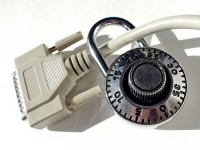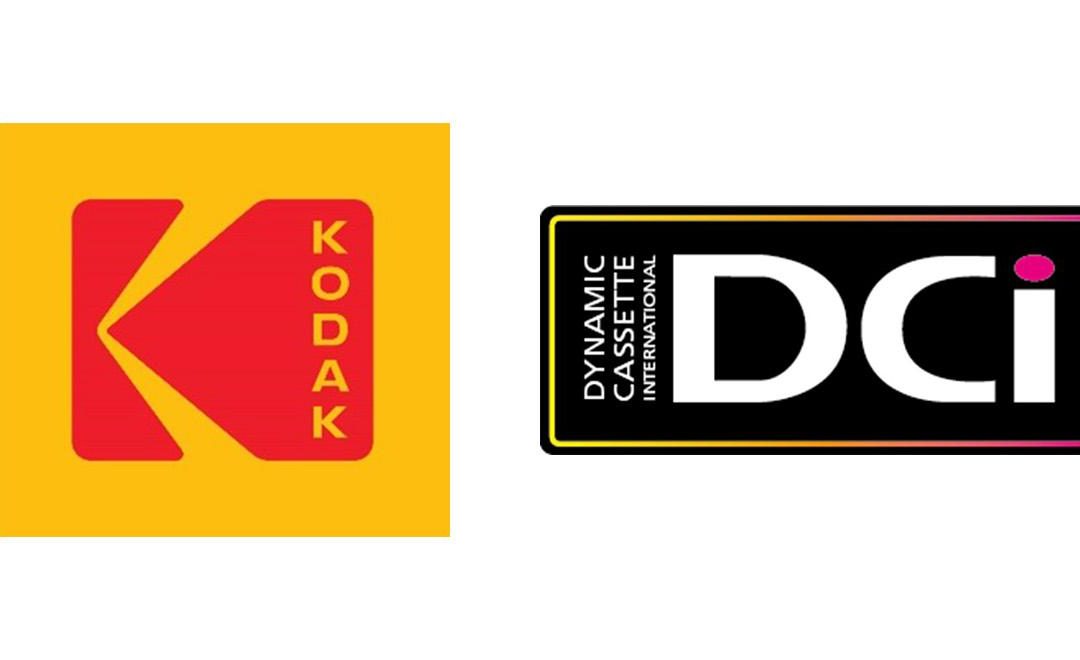
Outdated and unsecured printers could be putting healthcare data at risk of exposure.
As Healthcare Analytics News explains, printers these days are “amazing business-enabling devices that have huge hard drives, many advanced features such as built-in email, web, fax and file transfer protocol (FTP) servers and are deployed throughout corporate networks as trusted devices.”
However, there is a downside to these versatile machines, as unlike servers contained in data centres, printers today “are open and available to be physically accessed by anyone”. With healthcare leaders often failing to include them in cybersecurity plans and procedures, this means they are at risk of exposure – and so is the data they are used to print.
This lack of security is still worryingly widespread, despite the fact that the Health Insurance Portability and Accountability Act “requires printer security”, despite a rise in hacking, and despite the monumental costs that can be incurred from a breach of data (potentially millions of dollars).
“The answer”, as HAN reveals, “is to proactively manage all the printers in print fleets like you would your servers, desktops and laptops, including continuous IT asset lifecycle management (ITAM) (from cradle to grave) to account for all the printers in the fleet, at all times, cyber-hardening them (actively managing their configurations to secure them) and keeping them cyber-hardened — all with vendor agnostic automation.”
Advanced cybersecurity automation for healthcare print fleets is essential, with failing to take any measures at all being described as “not an option”.
However, healthcare providers will have to be careful how they go about it, as despite there being a number of options available, not all of them will provide the maximum security. These options include attempting to do it yourself, using network architecture and configuring a printer’s security settings on deployment, and buying an entire new fleet of printers, which can be both unnecessary and very costly.
The article concludes by emphasising that printers are no longer “dummy copiers” from two decades ago, and “must be protected like the servers that they are, with automated IT asset lifecycle management and continuous cyber-hardening.”









